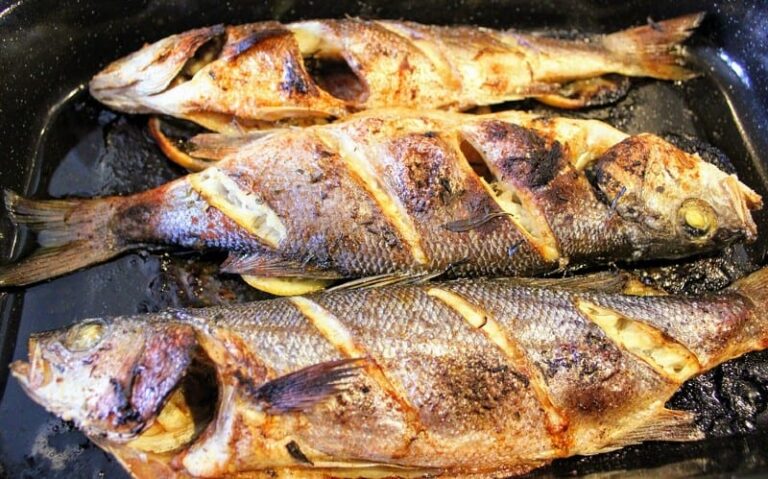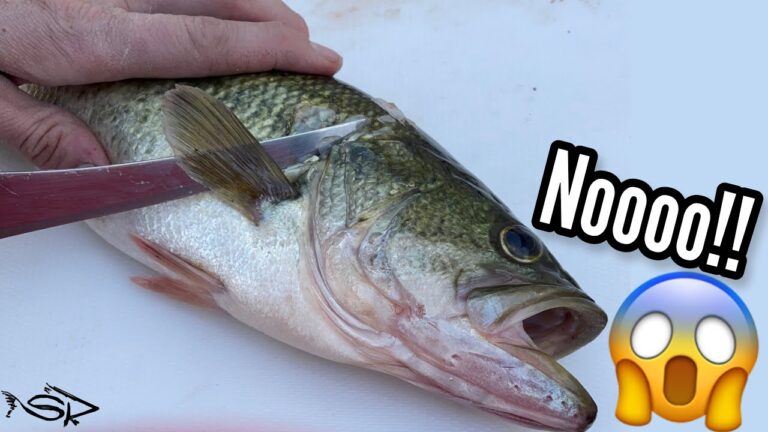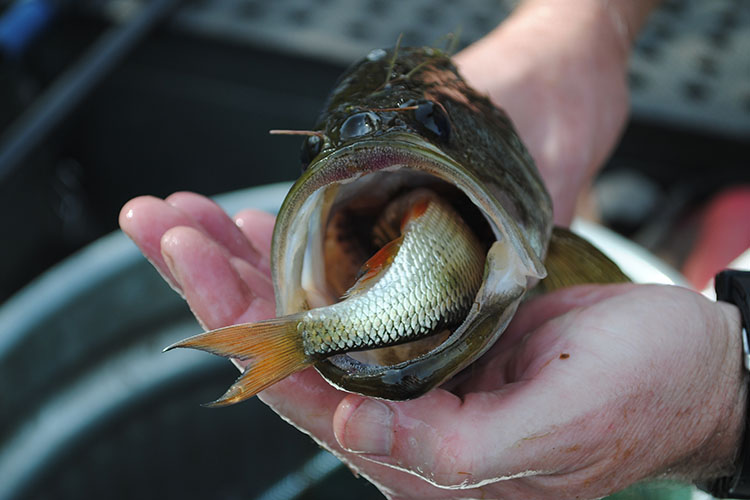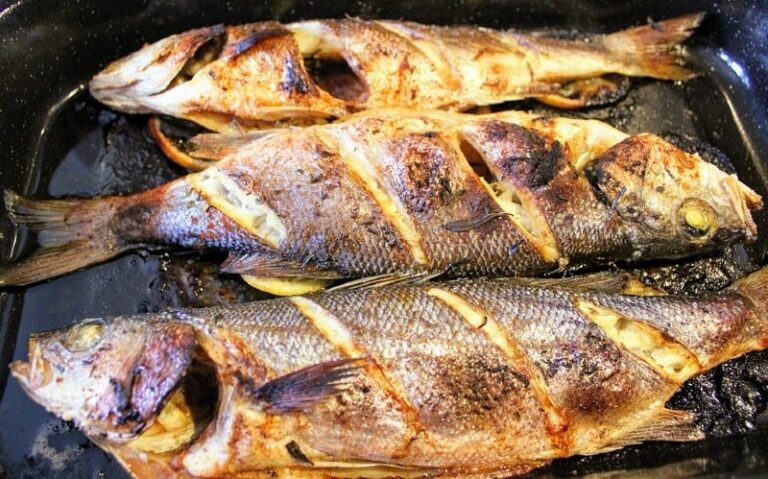How to Catch Suspended Bass
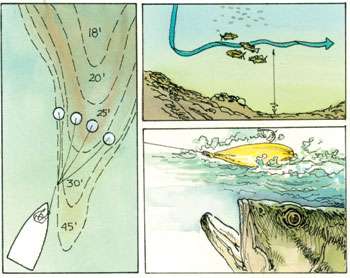
To catch suspended bass, target mid-water structures with slow-moving baits or finesse techniques. Focus on depth contour lines where bass are likely to hold.
Targeting suspended bass can be quite the angling challenge. These fish hover in open water, often between the bottom and surface, typically around structures such as drop-offs, submerged trees, or over deep basins. Understanding the behavior of bass that are not actively feeding near the bottom or surface requires a strategic approach.
Anglers must refine their technique, often resorting to electronics like fish finders to locate these elusive targets. Once located, presenting your lure in a way that mimics the suspended bass’s natural prey is paramount. Utilize baits that can maintain a consistent depth and can be retrieved slowly to entice these finicky feeders. Mastery of this technique rewards anglers with the opportunity to hook bass that are often overlooked by those fishing more traditional methods.
Introduction To Suspended Bass Fishing
Suspended bass often hide in open water, away from any cover. These elusive fish prefer areas where water depth changes. They are not near the bottom or the surface. Spotting them calls for specific techniques and patience.
Fishing for suspended bass poses a genuine challenge. Anglers need advanced sonar equipment to locate them. Knowledge about bass behavior in different seasons is key. Using the right lure depth is crucial to entice these fish. Correct lure movement can spark their interest.

Credit: www.bassmaster.com
Prime Locations For Suspended Bass
Fishing for suspended bass requires knowledge of their seasonal habitats. Spring and fall see bass higher in the water column. They enjoy the warming waters in spring. During fall, they chase baitfish that move up. In summer and winter, bass often go deeper. This is to find stable temperatures.
Typical structures and cover are key to locating these fish. Look for sunken trees, underwater humps, and points extending into the water. Drop-offs and deep channels near shallow areas are great. They provide quick access to deep and shallow water. Bridge pilings and suspended timber also attract bass. Seek out aquatic vegetation. It offers oxygen and cover.
Ideal Conditions For Suspended Bass
Bass behavior changes with different weather patterns. Sunny days can make bass go deep. Cloudy skies may bring bass closer to the surface. Cold fronts often push them to suspend in the water. The bass’s activity level is low during cold fronts.
Water temperature plays a big part in finding bass. Warmer waters see more active fish. Colder temperatures can make bass sluggish. Clear water helps predators see better, which affects where bass suspend. In turbid water, bass use other senses to hunt. This can change their location in the water column.

Credit: m.youtube.com
Gear Essentials
Finding the perfect rod and reel for catching bass can seem hard. A medium-heavy rod is best for most lures. The rod’s length should be 6.5 to 7.5 feet for good control. Your reel must match the rod. A baitcasting reel is a top choice. It lets you cast with precision and handle big fish. Spool the reel with fluorocarbon line for stealth or braided line for strength.
The lures you pick must suit the bass. They hide in deep waters and you need lures that go deep. Deep-diving crankbaits and weighted soft plastics are good. They mimic the bass’s prey. Do not forget about spinnerbaits and jigging spoons. They work well in cold water. Choose natural colors for clear water. Bright colors are for murky water. Keep these tips in mind, and you’re set to catch those elusive suspended bass!
Advanced Tactics And Techniques
Advanced Sonar and Electronics play a key role in finding suspended bass. High-definition screens and GPS mapping guide anglers to the right spot. Use side-scan sonar to locate fish away from the boat. Look for irregularities on the display, indicating bass.
Vertical Jigging can be effective. Drop a lure straight down to the right depth. Watch the sonar screen for your lure and bass movement. When bass are close, jig the lure up and down carefully to entice a strike.
Drop shotting requires finesse. Rig a soft plastic with a weight at the line’s end. Lower it to the bass level. Tiny rod movements make the lure dance, tempting the bass to bite.
Mastering The Art Of Presentation
Mastering the art of presentation is crucial for catching suspended bass. One effective strategy is to tune your retrieval speed. This means adjusting how fast you reel in your lure.
Begin with a slower pace, then gradually increase your speed. Pay attention to the moment bass strike your lure. Strike timing offers clues about the best retrieval speed. Making small changes can yield big results.
Consider also lure modifications for better results. Changing the weight or adding elements that alter the movement can entice bass. Simple tweaks to your lure ensure it mimics live prey more accurately. Experiment with various modifications to discover what works best in your fishing environment.

Credit: www.wired2fish.com
Frequently Asked Questions For How To Catch Suspended Bass
What Is The Best Bait For Suspending Bass?
The best bait for targeting suspended bass is often a jerkbait or swimbait that matches the local forage. Slow-rigged soft plastics can also be effective for enticing bites from these fish.
How Do You Find Suspended Bass?
Use electronics to locate deepwater structures where bass suspend. Look for baitfish schools on sonar, as bass often linger below. Target these areas with slow-moving, depth-specific lures to entice suspended bass.
What Causes Bass To Suspend?
Bass often suspend due to changes in water temperature, lack of oxygen, or pursuing baitfish at a certain depth. Seasonal transitions and post-frontal conditions can also cause this behavior.
How Do You Catch Suspended White Bass?
To catch suspended white bass, use electronics to locate schools, then drop jigs or spoons to the right depth. Employ a vertical jigging technique or steady retrieve to entice bites. Keep presentations in line with the bass’s depth and activity level.
Conclusion
Landing suspended bass requires skill and patience. Embrace the strategies outlined and refine them with each outing. Remember, choosing the right lure and understanding seasonal patterns are key. Keep honing your technique, and success will follow. Tight lines and happy fishing!
